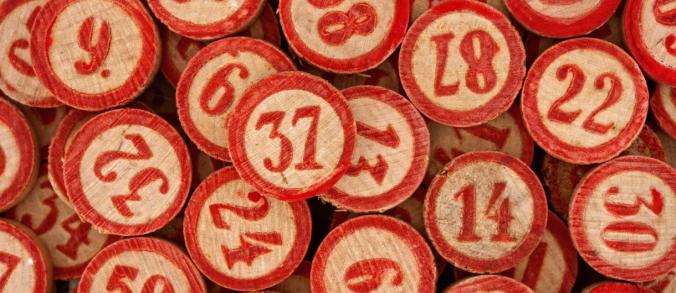
If you have ever struggled through a math class, you may not think of numbers as natural. They may seem more like a tool that you have learn how to use, like Excel or a nail gun. And it’s certainly true that numbers pop in the archaeological record just a few thousand years ago, with the abruptness you’d expect from an invention. People then improved the number system after that, with the addition of zero and other upgrades.
But scientists have found that we are actually born with a deep instinct for numbers. And a new study suggests that our number sense operates much faster than previously thought. It might be better called our number reflex.
Some of the most compelling evidence for the number sense comes from studies on babies. In a 2010 study, for example, Elizabeth Brannon of Duke and her colleagues showed 6-month-old babies pictures of dots. As they switched between different pictures, they tracked how long the babies looked at each one. In some cases, the pictures were identical. In others, the dots differed in size or spacing. And in still other cases, Brannon and her colleagues added extra dots to the pictures.
When Brannon and her colleagues looked over their data, they found that the attention of the babies tended to be grabbed when they switched the number of dots. What’s more, the babies looked longer at a picture when the difference in the number was bigger.
The number sense in infants is the raw material for math aptitude later in life, as Brannon documented when she followed up on the infants three years later. Brannon found that their sensitivity to numbers as six-month-olds predicted how well they scored on math tests as three-year-olds. Other scientists have also found that a link between number sense and math skills in fourteen-year-olds.
Having discovered our number sense, Brannon and other researchers have begun probing our brains to see how it works biologically. It’s not easy to tease out the number sense from all the other things our brains do when they take in a visual scene. There’s a huge amount of information to decipher in an instant of vision, and our brains use a complex network of regions to get the job done.
When light hits our eyes, the retina takes the first pass at processing the image and then fires signals down the optic nerve to the back of the head. The visual cortex then teases out some basic features, such as brightness, edges, color, and so on. The regions where this processing takes place then send signals to other parts of the brain, which detect more complex things, like body movements and faces.
Some researchers have proposed that our awareness of numbers only emerges late in this pathway. We may first have to detect other features of a scene, and then analyze them in order to figure out how many objects there are in a group. If we look at three lemons on a counter, for example, we might first have to calculate the total area of yellow in our field of vision, determine how much yellow is in each lemon, and then divide the former by the latter.
To probe where our number sense lies on the path of thought, Brannon and her colleagues placed EEG caps on people’s heads. Then they showed their volunteers pictures of dots. As in Brannon’s earlier experiments, they varied the pictures with extra dots, as well as changing the size or spacing. Each time, the scientists recorded the electricity produced by people’s brains as they processed what they saw.
Analyzing the different responses, the scientists noticed one fascinating spike of electrical activity that emerged from the back of the brain. The strength of the spike varied with the number of dots people saw. The more dots, the bigger the spike.
The size and spacing of the dots, by contrast, had no effect on the spike. If we sensed numbers only by analyzing other features of objects, then you might expect to see an influence. But Brannon and her colleagues could find none. They conclude that this spike represents our direct detection of numbers.
What makes this spike even more intriguing is how fast it occurs: just 75 millisecond after the scientists present a picture. At that stage in visual perception, the visual cortex is just starting to process signals from the eye. Numbers, the new research suggests, are so important that we start sensing them before we’re even aware of what we’re seeing.
(For more on our number sense and other discoveries about the brain, see my ebook anthology, Brain Cuttings.)
Originally published March 2, 2015. Copyright 2015 Carl Zimmer.